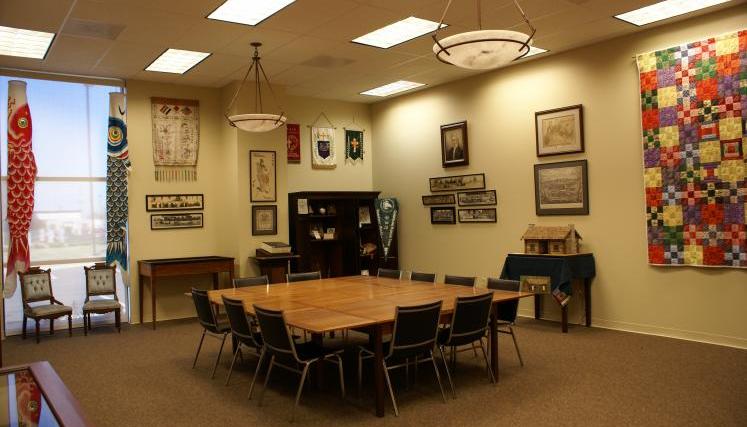In 2020, the Plymouth festivities were quite constrained compared to the planning that that occurred. 2021 has been fairly muted so far. However, as we look forward, our thoughts are to look across the broad spectrum of years so as to tell tales that can carry forward with some support. Broad spectrum? Yes, our focus is on the 400th, 300th, 250th, 200th, and the 100th. That is embrace the whole of the experience.
Here are the contexts for each: 400th (Cape Ann); 300th (need to pull this out; it would have been only a few years post the Salem Village mania), 250th (DAR/SAR provide the proper framework with this); 200th (the western expansion dominates, but a whole lot was going on with the industrial revolution); 100th (those who cared sought to fill in the pieces; one example was the Old Planter's Society). Now, we are doing this again with technology as an assistance.
So, we are starting a concentrated effort that will continue until 2023 and, then, beyond. One hundred years ago, Dr. Frank started The Massachusetts Magazine. Using the web, we will have something similar. One of our tasks is to document Thomas and Margaret better. Another is to look at the work done over the years and keep the information available accompanied with an objective summary. That is, the "What we know now?" will be a theme/meme now and in the future.
Along that line, here are two of many attempts: What we know (Nov 2012); Gardner FAQ (Mar 2015). As mentioned, there are a lot more which we will organize.
In the mean time, here are some of the external sources that we will reference.
 |
| 1907 Postcard - Celebrating Cape Ann Settlement |
- The Settlement of Cape Ann: What is the Real Story? -- Mary Ellen Lepionka is researching the Cape experience. We used her post to comment on two of our posts.
- Rev John White MA (1574/5-1648) -- this site documents the life of Rev John White including listing his sister who married a Thomas Gardner who apparently came over to Cape Ann and went back. At that same site, there is a link to this post "Members of the Dorchester Company 1624-1626" which gives the names and some information about all of the investors. So, the information is very pertinent. We have started to look at names and relationships. For instance, Roger Conant had an uncle who was involved.
-
Diversion, Gloucester - Charles Olson (Sep 2014) -- Olson was a poet who adopted and moved to live in Gloucester. He wrote about the Cape Ann experience which got our attention. As well, he is remembered in Gloucester and is mentioned in material related to the history.
Cape Ann, Retrospective (Apr 2016) -- after a lot of research, we got to where we saw Thomas and Margaret staying in Cape Ann with the house as Roger went to what became the Salem area (Massey's Cove).
Gardner Research will carry the load in reviewing reports from others as well as doing original research which would include funding scholarly studies and writings.
Remarks: Modified: 07/14/2024
08/09/2021 -- Gloucester's clock has 509 days to 2023.
03/27/2022 -- A recent article was about the Gloucester summer home of the family of T.S. Eliot (Wikipedia, WikiTree). T. S. had an extensive New England heritage as did his friend, Ezra Pound.
07/14/2024 -- See updated comment: Why is 2024 quiet?





